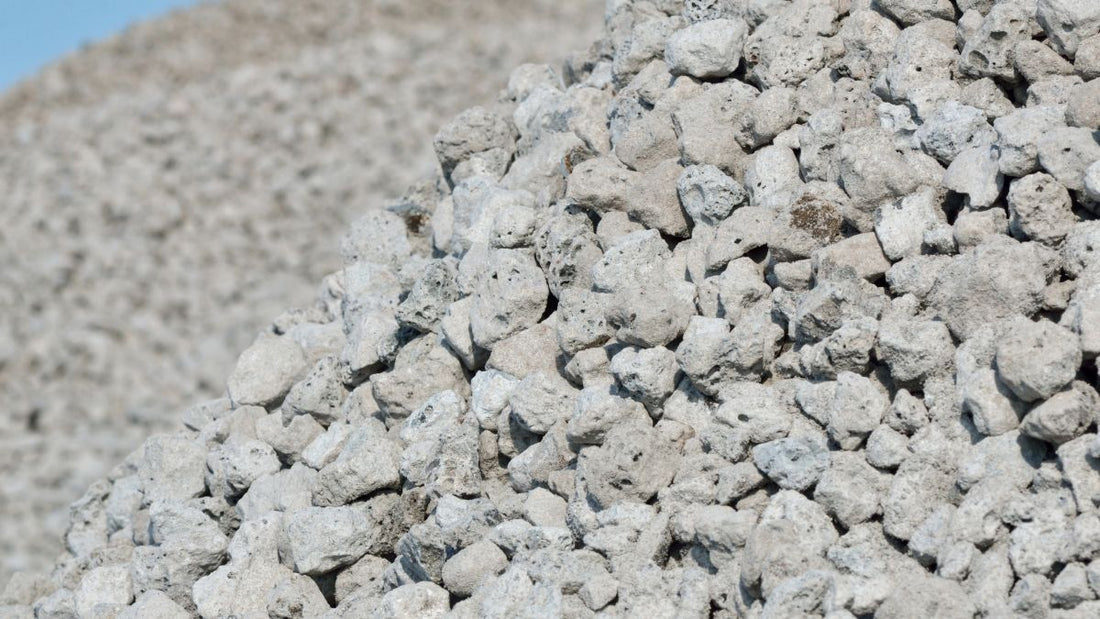Lightweight aggregates are a type of aggregate that is not commonly used in construction. These aggregates are usually made from natural materials such as pumice, slag and volcanic ash.
The use of lightweight aggregates can help reduce the overall weight of a structure, which can be beneficial in a number of applications. Furthermore, lightweight aggregates can also provide good insulation properties and can be used in sound insulation applications.
What is lightweight aggregate
Lightweight concrete (LWAC) is a type of concrete whose main component is lightweight aggregates. These aggregates are usually natural materials such as pumice, vermiculite and perlite. LWAC is often used as a substitute for regular concrete in applications where weight is a concern, such as in bridge and building construction.


There are three main types of lightweight aggregates.
- Lightweight aggregate from industrial waste (made from fly ash, ceramics, slag, etc.)
- Natural aggregates (made from porous natural stones such as pumice, volcanic slag, light sand, etc.)
- Artificial lightweight aggregate (made from clay pottery, expanded perlite, etc.)
LWAC has a number of advantages over normal concrete. One is that it is much lighter, which makes processing easier and reduces the likelihood of structural damage. It is also more fire resistant and has better insulating properties.
Special properties
- High porosity
- Low density
- High water absorption
- Low resistance
What are the advantages of using lightweight aggregates?
Lightweight aggregates are among the most versatile construction materials of all. They can be used for a variety of applications, from structural fill to architectural cladding.


Lightweight aggregates are much lighter than traditional building materials such as concrete and asphalt. This makes them ideal for applications where weight plays an important role, such as earthquake protection or the construction of tall buildings.
What restrictions are there on the use of lightweight aggregates?
There are some potential limitations when using lightweight concrete. It may not be as strong as traditional concrete. Therefore, it must be used with great care in load-bearing applications.
Additionally, processing may be more difficult. Therefore, it is important to have experience with this type of concrete before using it on a project.
It is also important to use the correct type of aggregate, as some aggregates can cause concrete to become too light and cause problems with the structure.
How to choose the right lightweight aggregate for your project
When choosing the right lightweight aggregate, there are a few things you need to consider. The first is the type of project you are undertaking. Light Aggregates come in different shapes and sizes, so it is important to choose the one that suits your project.
The second factor is the weight of the unit. It is important to choose a power unit that is light enough to be easily transported and placed, but also heavy enough to provide the necessary support.
The third factor is cost. Prices for lightweight units can vary significantly. Therefore, it is important to obtain offers from several suppliers before making a decision.

